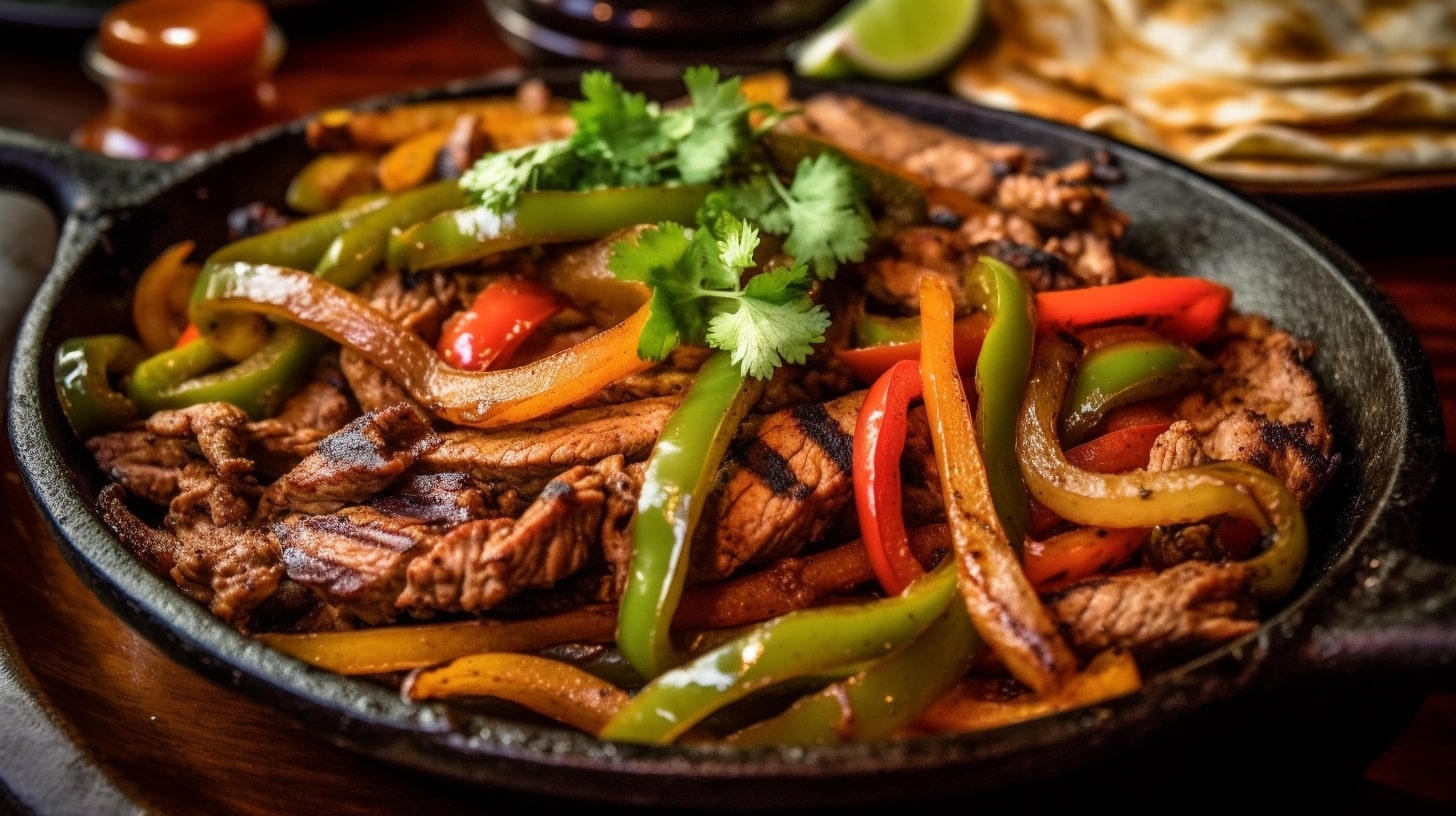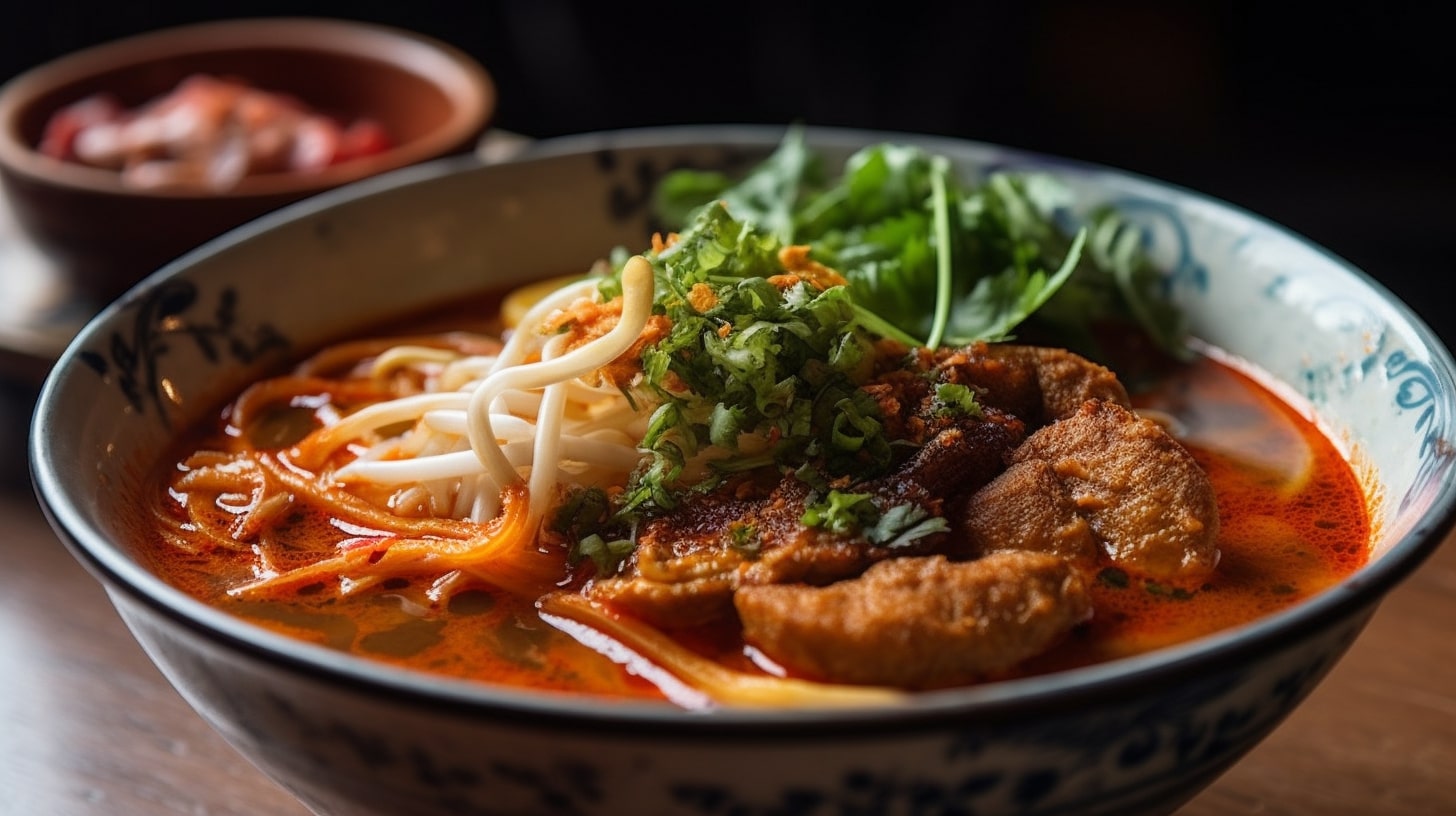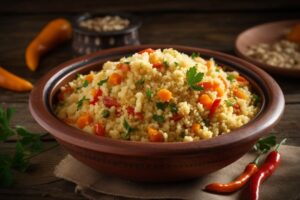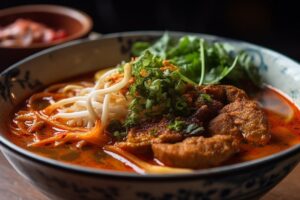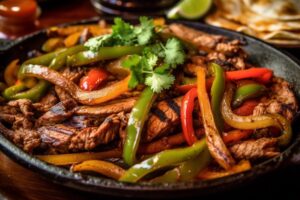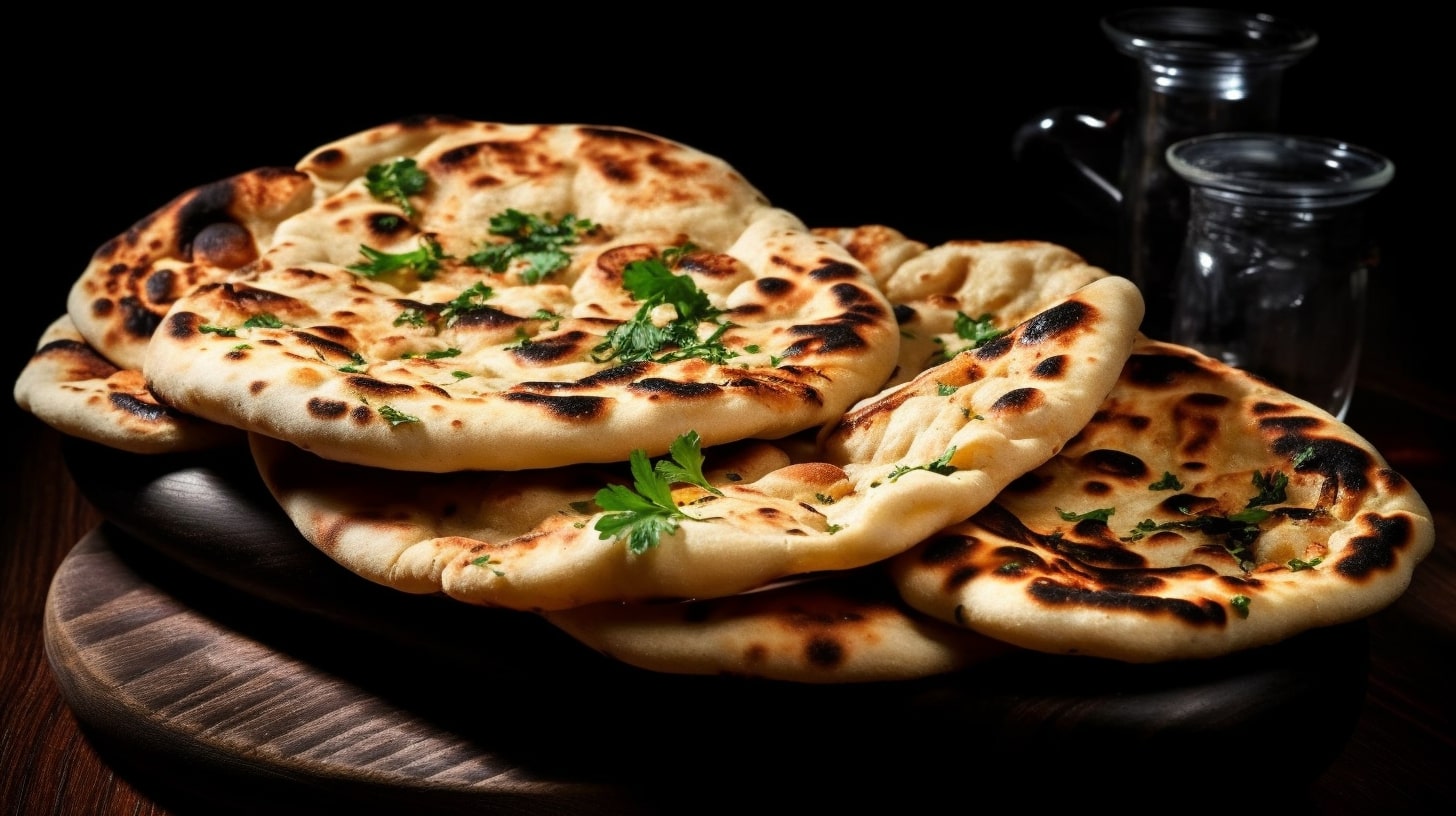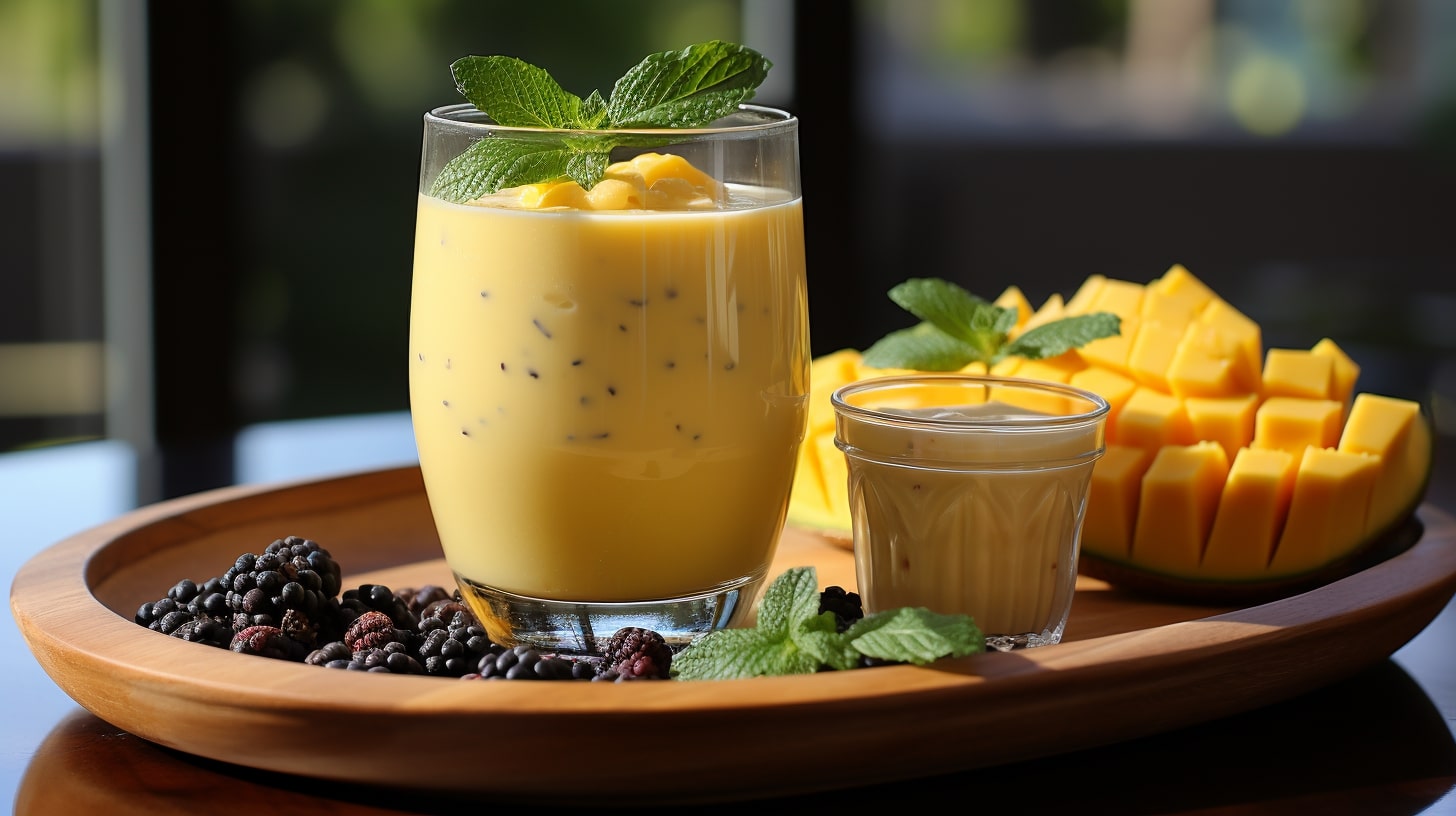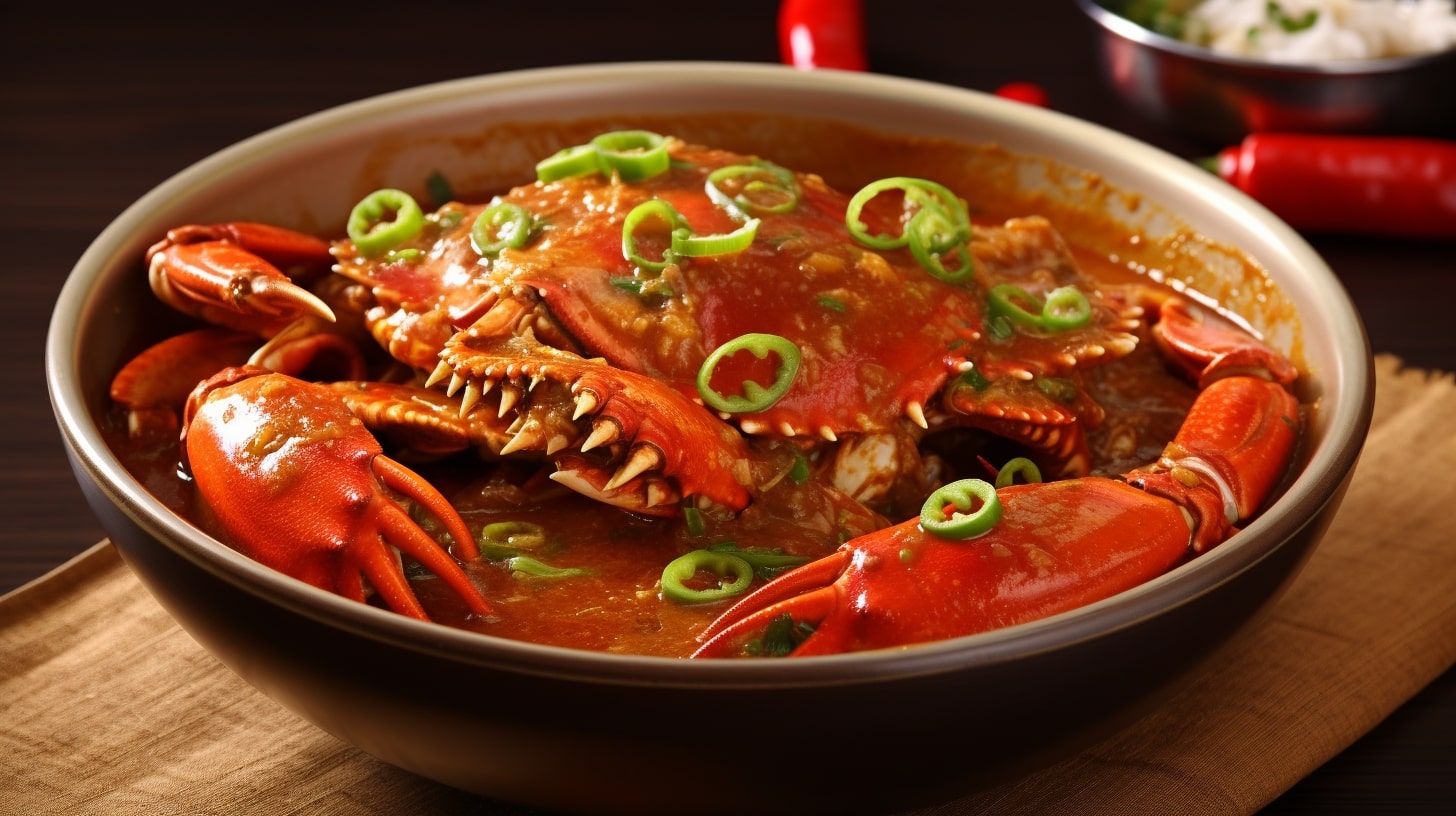Embark on a culinary adventure as we explore the rich and aromatic world of rendang, a traditional Indonesian dish known for its complex flavors and tender meat. Discover the origins of rendang, learn about its traditional preparation methods, and savor the mouthwatering blend of spices that make rendang a true culinary masterpiece. Get ready to tantalize your taste buds with this Indonesian delicacy.
Introduction
Rendang, a beloved dish from Indonesia, is renowned for its bold flavors and tender meat. This slow-cooked masterpiece has gained international recognition and is often hailed as one of the most delicious dishes in the world. In this article, we will take you on a flavorful journey into the heart of rendang, exploring its origins, understanding its preparation techniques, and savoring the rich blend of spices that make rendang a truly unforgettable culinary experience.
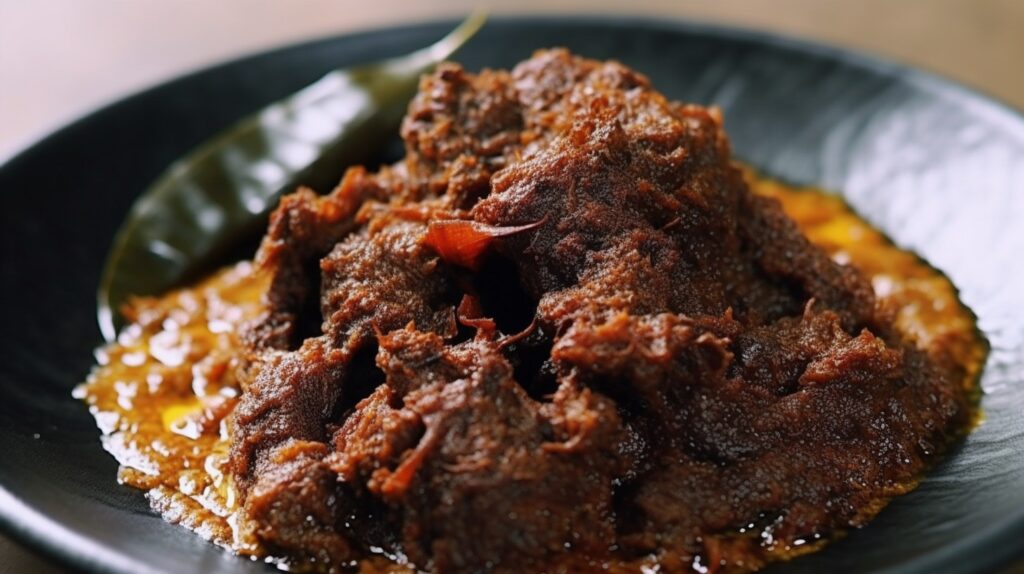
The Origins of Rendang: A Taste of Indonesian Heritage
Rendang is deeply rooted in Indonesian culinary heritage and has a history that spans centuries. Originating from the Minangkabau ethnic group of West Sumatra, rendang has evolved into a staple dish enjoyed not only in Indonesia but also across Southeast Asia and beyond. Traditionally prepared during festive occasions and important ceremonies, rendang holds a special place in Indonesian culture.
Unraveling the Flavors of Rendang: A Symphony of Spices
The Essence of Rendang Spice Paste
At the heart of rendang lies its signature spice paste, which forms the foundation of its rich flavors. The paste typically includes a combination of aromatic ingredients such as shallots, garlic, ginger, galangal, lemongrass, turmeric, and a variety of fragrant spices like cinnamon, cloves, and star anise. This medley of spices gives rendang its distinctive and complex taste.
Slow-Cooking Magic: The Secret to Tender Rendang
One of the defining characteristics of rendang is its slow-cooked preparation method. The dish is traditionally simmered for hours over low heat, allowing the meat to absorb the flavors of the spice paste while slowly tenderizing. This slow-cooking process results in incredibly tender, melt-in-your-mouth meat that is infused with the rich, aromatic essence of the spices.
Coconut Milk: Creamy Indulgence in Rendang
Another key ingredient in rendang is coconut milk, which adds a creamy and luscious element to the dish. The coconut milk not only enhances the texture but also balances out the heat from the spices, creating a harmonious blend of flavors. As the rendang simmers, the coconut milk reduces and thickens, coating the meat with a velvety sauce that intensifies the overall taste.
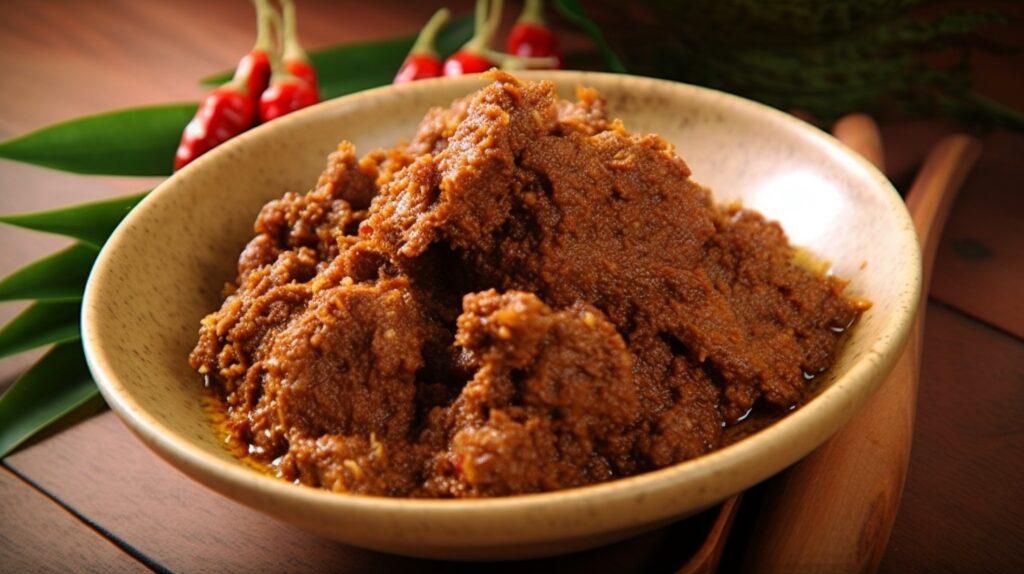
Enjoying Rendang: Variations and Accompaniments
Beef Rendang: The Classic Choice
Beef rendang is the most well-known and widely enjoyed variation of this Indonesian delicacy. The slow-cooked beef becomes tender and infused with the rich flavors of the spice paste and coconut milk. The resulting rendang boasts a deep, savory taste and a touch of sweetness that lingers on the palate.
Chicken and Vegetable Rendang: Delightful Alternatives
While beef rendang takes the spotlight, there are delightful variations for those seeking alternative options. Chicken rendang offers a lighter alternative with its tender chicken pieces bathed in the aromatic sauce. Vegetable rendang, featuring an assortment of vegetables simmered in the flavorful spice paste, is a vegetarian-friendly rendition that doesn’t compromise on taste.
Serving and Accompaniments
Rendang is traditionally served with steamed rice, allowing the fragrant sauce to meld with the fluffy grains. To elevate your rendang experience, consider garnishing it with crispy fried shallots, fresh cilantro leaves, and a squeeze of lime. The bright acidity of the lime cuts through the richness of the dish, adding a refreshing touch.
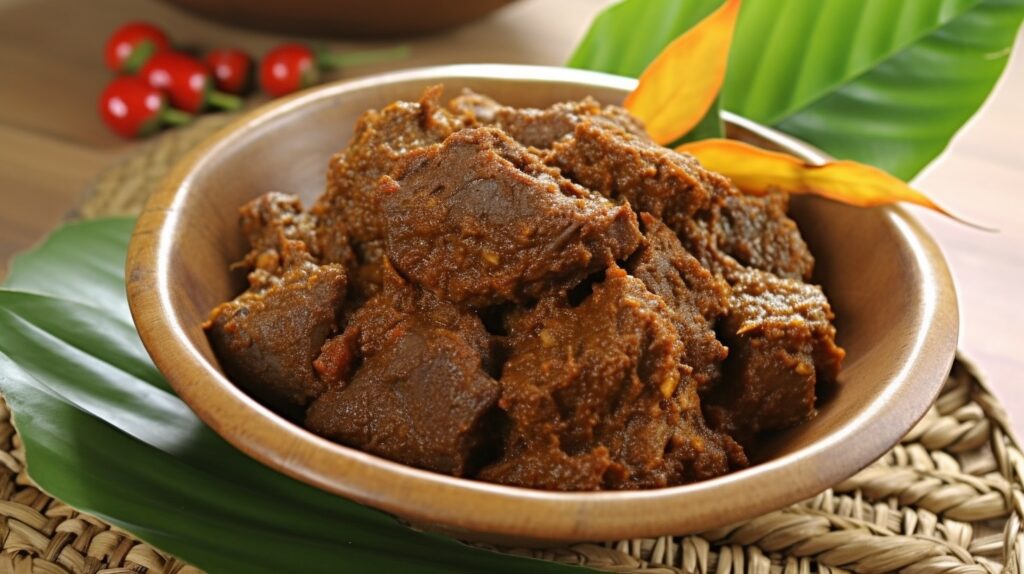
FAQs About Rendang
1. Can rendang be made with other meats?
While beef is the most popular choice, rendang can be made with various meats, such as chicken, lamb, or even goat. Each protein offers a unique flavor profile, adding diversity to the rendang experience.
2. Is rendang spicy?
Rendang can be spicy, but the level of heat can be adjusted to suit personal preferences. The combination of spices provides a depth of flavor rather than overwhelming spiciness. You can control the heat by adjusting the amount of chili peppers or opting for milder varieties.
3. Can rendang be made in advance?
Absolutely! In fact, rendang is known to taste even better the next day as the flavors continue to develop and intensify. Store it in the refrigerator and reheat gently before serving.
4. Are there vegetarian rendang options?
Yes, vegetarian rendang can be made by replacing the meat with plant-based proteins such as tofu, tempeh, or a variety of vegetables. The spice paste and coconut milk still create a delectable sauce that pairs well with vegetarian options.
5. How long does rendang last?
Rendang, when stored properly in an airtight container in the refrigerator, can last up to five days. It can also be frozen for longer storage, allowing you to enjoy the flavors of rendang at a later time.
6. Is rendang only served with rice?
While rice is the traditional accompaniment, rendang can also be enjoyed with other starches such as roti (Indian bread) or flatbreads. The robust flavors of rendang complement a variety of carb options.
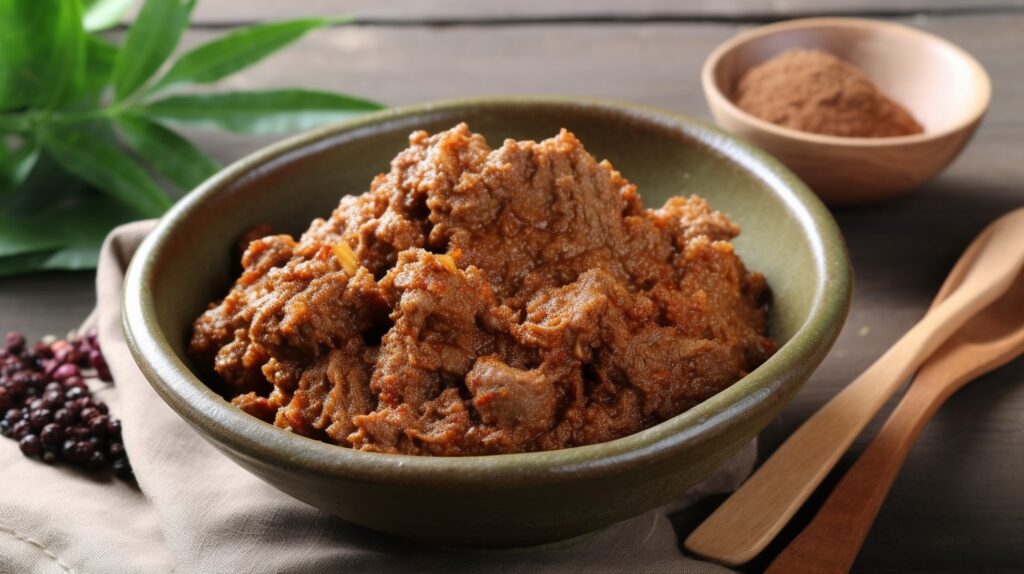
Conclusion
Rendang is a culinary masterpiece that embodies the richness and depth of Indonesian cuisine. From its humble origins to its exquisite flavors, rendang continues to captivate food lovers around the world. Whether you savor the classic beef rendang or explore alternative variations, this iconic dish promises a tantalizing blend of spices, tender meat, and creamy coconut milk. Indulge in the flavors of rendang and experience the true essence of Indonesian gastronomy.
